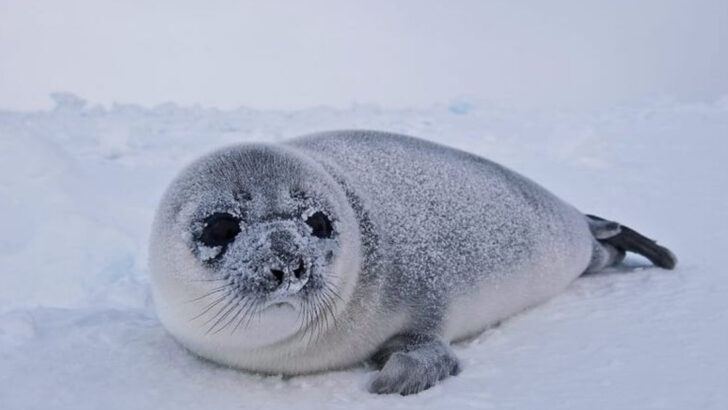They vanish like ghosts in the water—and they’re not fish.
Some of the planet’s sneakiest creatures aren’t lurking in jungles or hiding in treetops. They’re gliding just beneath the surface, cloaked in patterns and tricks that would make a magician jealous.
These aquatic mammals don’t just swim—they disappear.
They blend, they trick, they escape. Some look like rocks, others flash false patterns, and a few have mastered the art of stillness so completely, predators pass them by like shadows.
From icy seas to tangled riverbanks, nature has equipped these water-dwellers with stealth that rivals any land predator.
And once you know where—and how—to spot them, you’ll never look at a ripple the same way again.
Common Dolphin
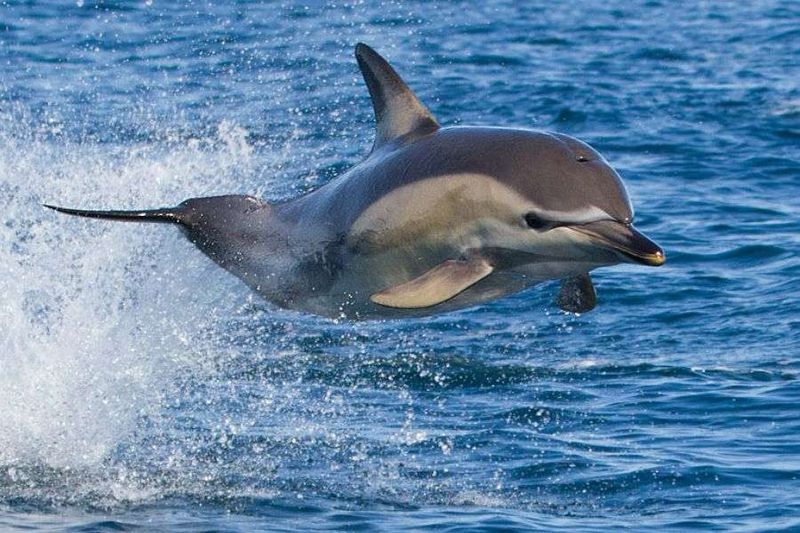
Common dolphins are known for their sleek bodies and vibrant coloration that helps them blend with the sunlit waters. Their striking patterns of gray, white, and yellow create an optical illusion, making them less visible to predators and prey alike. The playfulness and intelligence of these creatures further enhance their ability to navigate the ocean’s challenges. Observing them in their natural habitat reveals their dynamic use of camouflage in action. Their social behavior also plays a role in their survival, as they often travel in pods, creating a mesmerizing display of unity and teamwork.
Harbor Seal
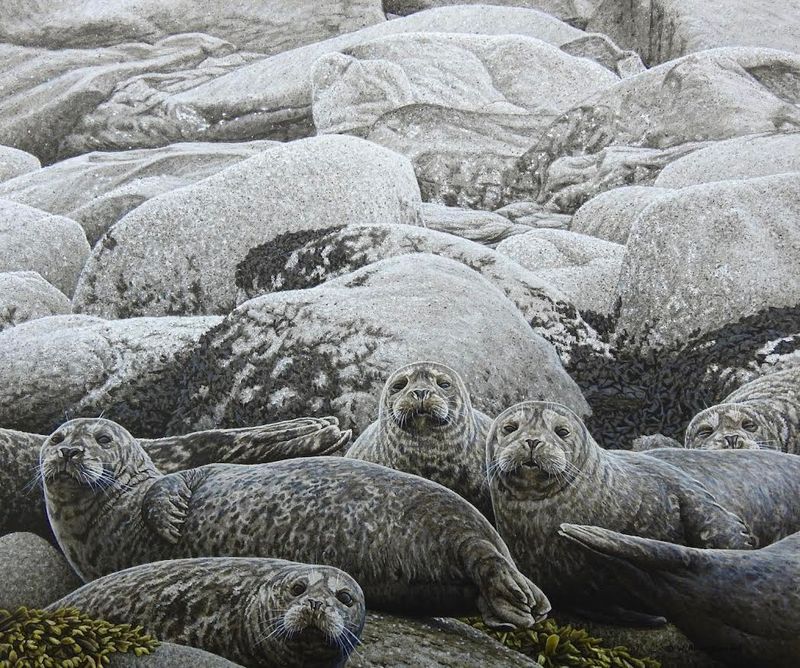
Harbor seals possess a coat that mimics the rocky shores where they often rest. Their spotted gray and brown fur allows them to merge seamlessly with their surroundings, offering protection from predators and human threats. This natural disguise is crucial for their survival in bustling coastal areas. Whether basking on rocks or swimming near the surface, their camouflage is an essential adaptation. Harbor seals are also known for their curious nature, often exploring their environment with a cautious but inquisitive demeanor. Their ability to adapt is key to their continued existence in diverse habitats.
Beluga Whale
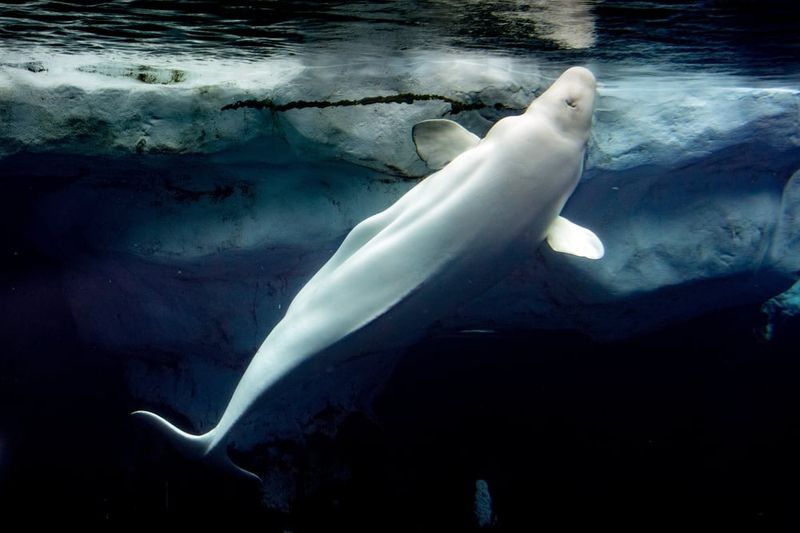
The beluga whale, with its distinctive white skin, is a master of camouflage in the icy Arctic waters. This coloration is not only beautiful but functional, allowing belugas to blend effortlessly with their snowy and icy environment. The beluga’s ability to change the shape of its forehead, known as a “melon,” aids in communication and echolocation. Their social nature and vocal abilities add to their allure, making them one of the most charismatic marine mammals. The blend of camouflage and communication prowess makes the beluga a fascinating creature to observe in its natural habitat.
Manatee
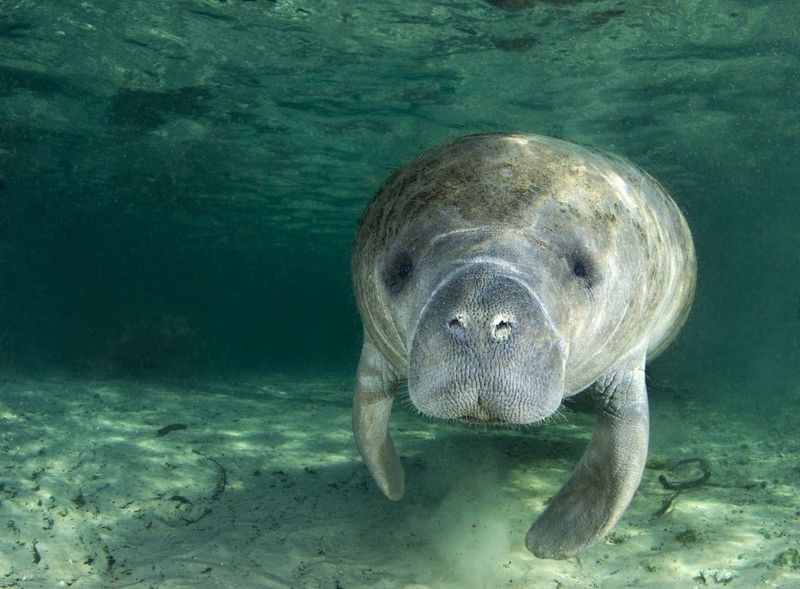
Manatees, often referred to as “sea cows,” have a gentle presence and an appearance that allows them to blend with the murky waters they inhabit. Their wrinkled, gray skin mimics the riverbeds and vegetation, providing a subtle camouflage from predators. Despite their large size, manatees move gracefully through the water, feeding on aquatic plants. Their slow and deliberate movements reflect a peaceful existence. Unfortunately, their camouflage is not always enough to protect them from human threats, such as boat strikes. Conservation efforts continue to focus on protecting these gentle giants and their habitats.
Sea Otter
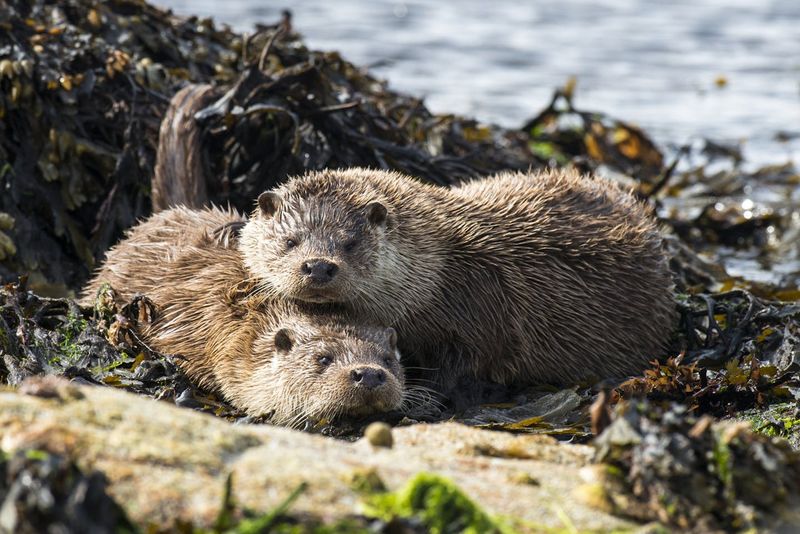
Sea otters are not only adorable but also masters of blending into their kelp forest habitats. Their dense fur, the thickest in the animal kingdom, keeps them warm in cold waters. The coloration of their coats helps them merge with the kelp, offering protection and concealment. These playful creatures are known for using tools to crack open shellfish, showcasing a level of intelligence and adaptability. Sea otters play a vital role in maintaining the balance of their ecosystems, and their camouflage is just one of the many fascinating aspects of their existence.
Narwhal
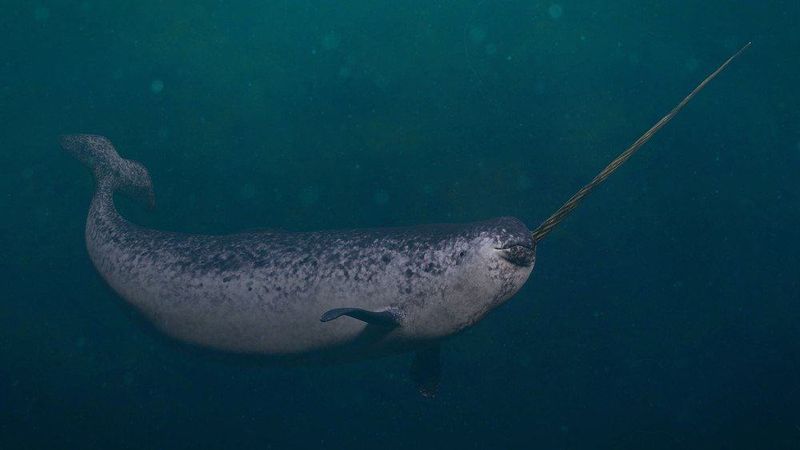
Narwhals, often called the “unicorns of the sea,” are enigmatic creatures with mottled skin that provides excellent camouflage in the Arctic Ocean. Their unique tusk, actually an elongated tooth, adds to their mystique. This adaptation helps them blend with the icy waters, protecting them from predators. Narwhals are known for their deep dives and complex vocalizations, which play a crucial role in communication and navigation. Their ability to adapt to the harsh Arctic environment is a testament to their resilience. Observing narwhals in the wild offers a glimpse into their mysterious and captivating world.
Dugong
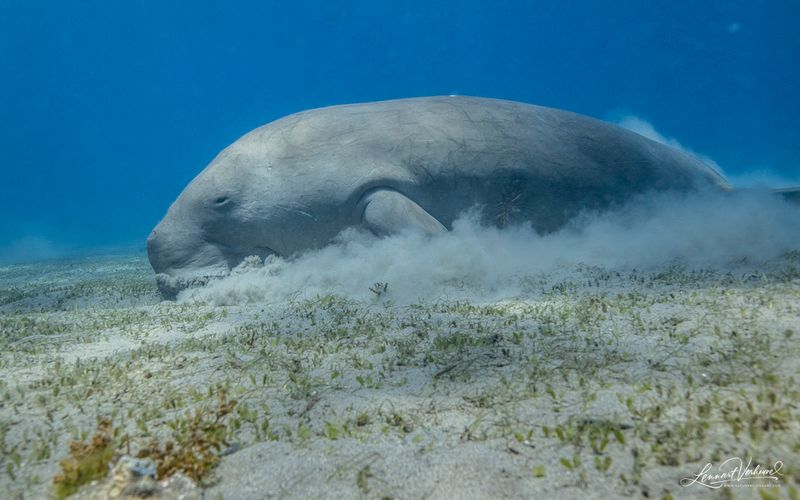
Dugongs are gentle marine mammals whose appearance allows them to blend seamlessly with the sandy ocean floor. Their smooth, gray bodies are perfectly adapted to their coastal habitats, providing camouflage from potential threats. Often found grazing on seagrass, dugongs play a vital role in maintaining healthy marine ecosystems. Their serene movements and peaceful nature have made them a symbol of tranquility in the ocean. Despite their elusive nature, dugongs are vulnerable to environmental changes and human activities. Conservation efforts continue to focus on protecting these enchanting creatures and the delicate habitats they rely on.
Gray Whale
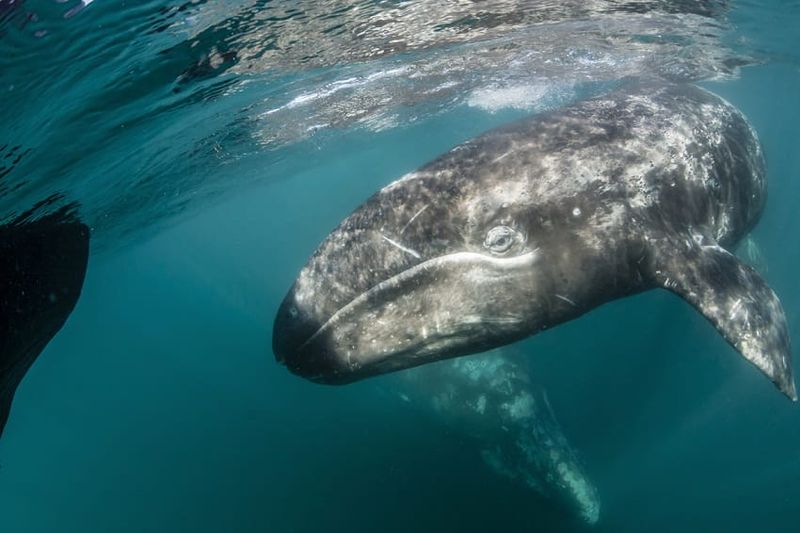
Gray whales are majestic creatures known for their lengthy migrations across oceans. Their barnacle-covered skin offers a unique form of camouflage, blending with the ocean surface’s textures and tones. This adaptation helps them avoid predators during their epic journeys. Observing gray whales in the wild offers a chance to witness their incredible endurance and strength. Their annual migration is a testament to their navigational skills and resilience. Gray whales have also been the focus of conservation efforts, highlighting the importance of protecting these magnificent travelers and the marine environments they traverse.
Cuvier’s Beaked Whale

Cuvier’s beaked whales are enigmatic deep-diving mammals known for their exceptional ability to blend with the ocean’s depths. Their bodies, streamlined and dark, are perfectly suited to the deep-sea environment where light is scarce. This camouflage helps them avoid predators and approach prey stealthily. Cuvier’s beaked whales hold the record for the longest and deepest dives among mammals, showcasing their remarkable adaptations. These elusive creatures continue to intrigue scientists and marine enthusiasts alike. Their unique lifestyle and adaptations offer a fascinating glimpse into the mysteries of the deep ocean.
Ribbon Seal
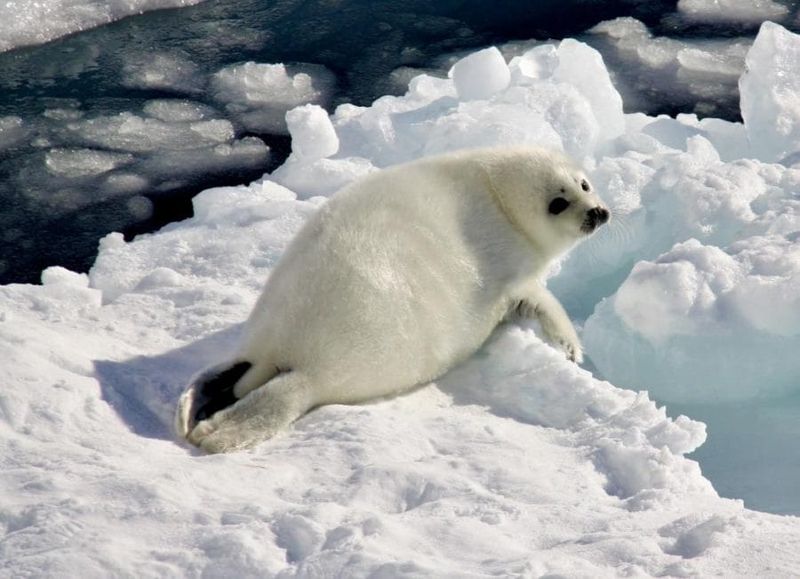
The ribbon seal’s unique black and white markings provide excellent camouflage against the icy landscapes of the Arctic. These striking patterns allow them to merge with the snow and ice, protecting them from predators. Ribbon seals are solitary creatures, often seen resting on ice floes. Their adaptability to the harsh Arctic environment is a testament to their resilience. The ribbon seal’s distinctive appearance and elusive nature make them a subject of fascination for wildlife enthusiasts. Observing these seals in their natural habitat offers a glimpse into the delicate balance of life in the Arctic.
Amazon River Dolphin
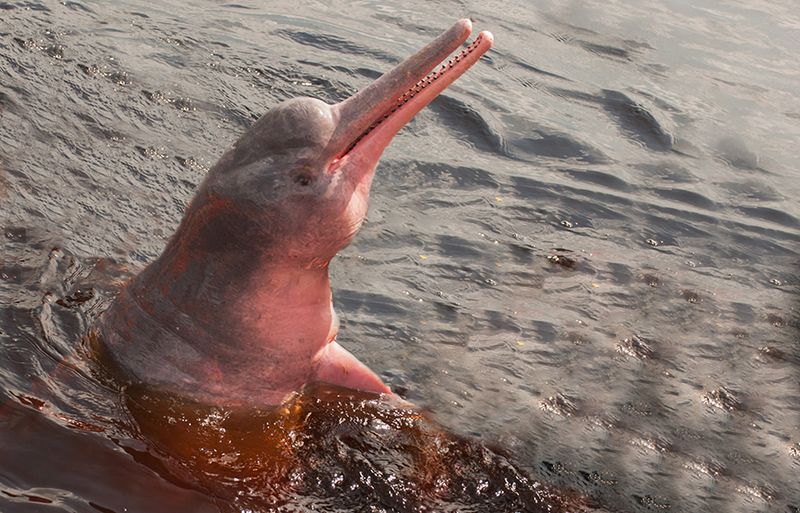
The Amazon River dolphin, with its unique pinkish skin, is an extraordinary creature of the murky river waters. This coloration helps them blend with their environment, offering protection from potential threats. Known for their playful behavior and intelligence, these dolphins navigate the complex river systems with ease. Their ability to adapt to the ever-changing river conditions showcases their resilience and ingenuity. Despite their enchanting appearance, Amazon River dolphins face numerous challenges, including habitat loss and pollution. Conservation efforts aim to protect these remarkable creatures and the rich biodiversity of their river habitats.
Spinner Dolphin
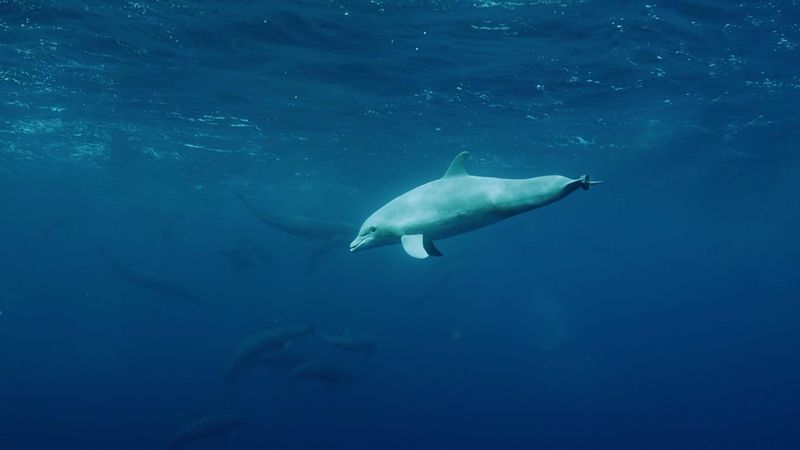
Spinner dolphins are renowned for their acrobatic displays, often leaping and spinning in the air. Their sleek, streamlined bodies are perfectly adapted for blending with the ocean surface, providing a form of camouflage from predators. These social creatures are known for traveling in large pods, enhancing their ability to evade threats. Their playful nature and intelligence make them a joy to observe in the wild. Spinner dolphins’ remarkable adaptations and lively behavior highlight the complexity and beauty of marine life. Conservation efforts continue to focus on ensuring their protection and the preservation of their ocean habitats.
Hooded Seal
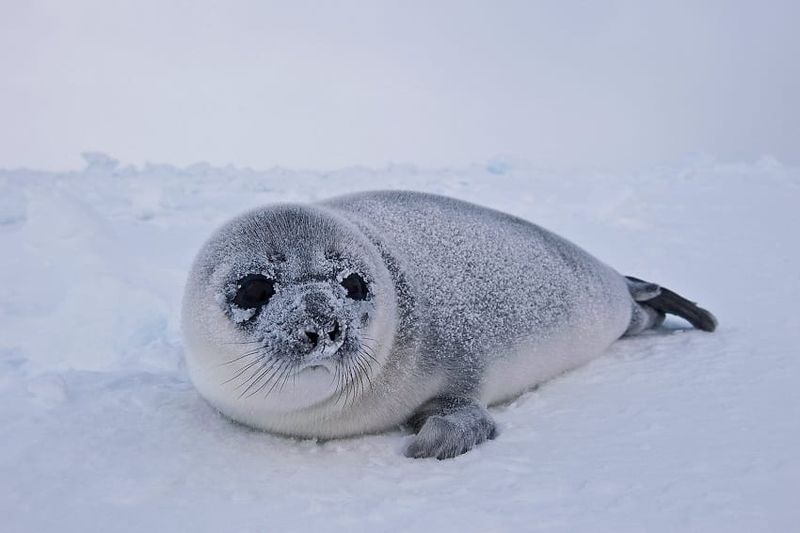
The hooded seal is a fascinating Arctic mammal known for its distinctive blue-gray coat, which provides excellent camouflage in its icy habitat. This adaptation helps them avoid predators, particularly during the vulnerable pupping season. The males are known for their inflatable nasal sacs, used in displays to attract mates and deter rivals. Hooded seals are solitary creatures, often seen resting on ice floes. Their unique adaptations and behavior make them a subject of interest for researchers and wildlife enthusiasts. Protecting their icy habitats is crucial for ensuring the survival of these remarkable seals.
Vaquita
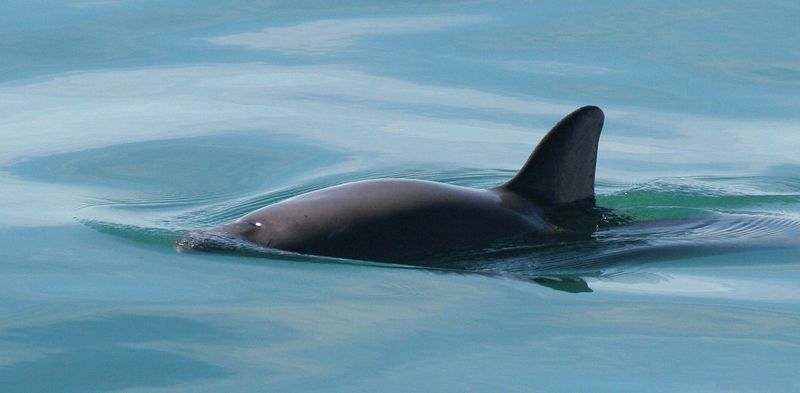
The vaquita, the world’s most endangered marine mammal, is known for its elusive nature and ability to blend with the gentle waves of the Gulf of California. Its small, rounded body and gray coloration provide a form of camouflage that helps it evade predators. Vaquitas are shy and rarely seen, adding to their mystique. The species faces severe threats from illegal fishing practices, pushing them to the brink of extinction. Conservation efforts are urgently needed to protect these rare creatures and their habitat. Observing a vaquita in the wild is a rare and precious experience.
Leopard Seal
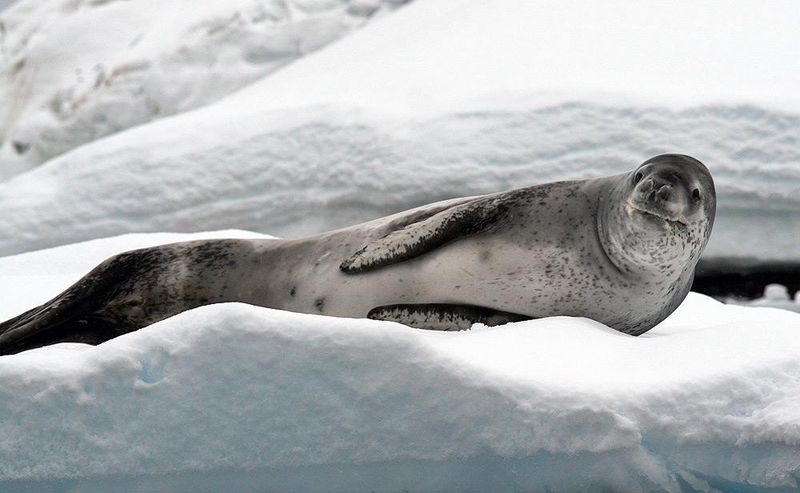
Leopard seals are formidable predators of the Antarctic, known for their powerful presence and distinctive spotted coats. This pattern provides effective camouflage against the icy landscapes, helping them ambush prey. Leopard seals are solitary hunters, often seen patrolling the waters near ice floes. Their adaptability and hunting prowess are key to their survival in one of the harshest environments on Earth. Despite their fearsome reputation, leopard seals play a vital role in the Antarctic ecosystem. Understanding and protecting their habitat is essential for preserving the delicate balance of life in this frozen world.
Sperm Whale
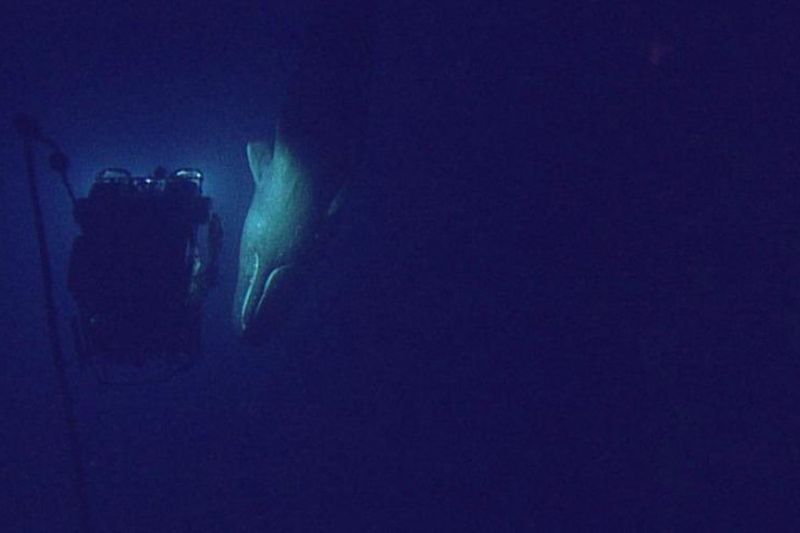
Sperm whales are legendary for their deep diving abilities, plunging to great depths in search of squid. Their massive bodies, dark and streamlined, blend seamlessly with the deep-sea environment, offering protection from potential threats. These social creatures are known for their complex vocalizations and strong family bonds. Sperm whales’ remarkable adaptations make them one of the ocean’s most intriguing inhabitants. Their presence in the world’s oceans is a reminder of the vastness and mystery of the deep sea. Continued research and conservation efforts are vital to protect these giants and their underwater realm.
Minke Whale
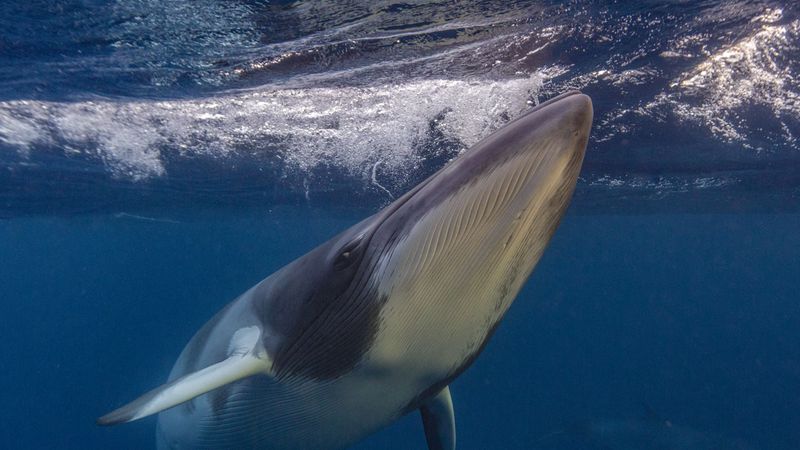
Minke whales, among the smallest baleen whales, are known for their agility and speed. Their sleek bodies and coloration allow them to blend with the ocean waves, providing camouflage from predators. Minke whales are often seen in cooler waters, where they migrate in search of food. Their presence in diverse marine ecosystems highlights their adaptability. Despite being hunted in some regions, minke whales continue to thrive, thanks to conservation efforts. Observing these whales in their natural habitat offers insight into their graceful movements and the importance of protecting ocean biodiversity.
Indus River Dolphin
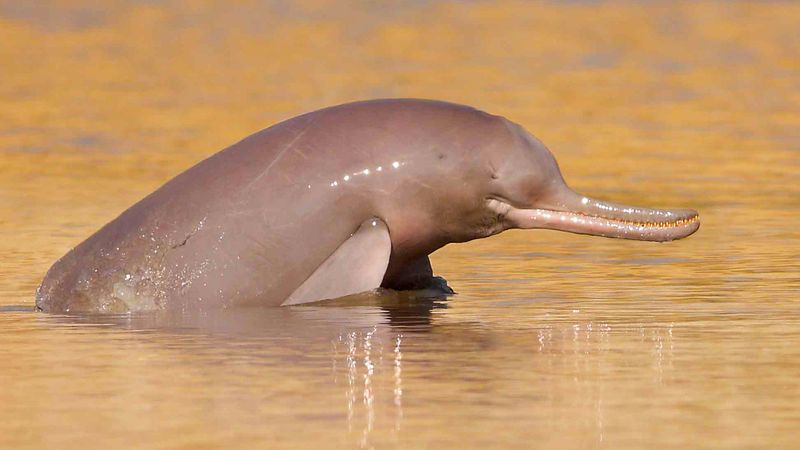
Indus River dolphins, known for their long snouts and unique swimming style, are perfectly adapted to the murky waters of the Indus River. Their gray bodies blend with the river environment, offering a form of camouflage from predators. These dolphins use echolocation to navigate and hunt for prey in the turbid waters. Their survival is closely linked to the health of their river habitat, which faces threats from pollution and habitat fragmentation. Conservation efforts are crucial to protect these remarkable dolphins and the rich biodiversity of the Indus River ecosystem.
Baiji
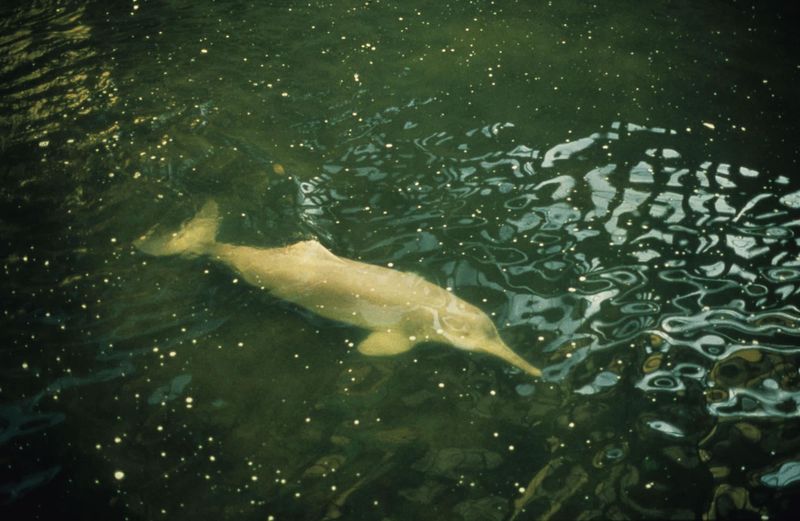
The baiji, or Yangtze River dolphin, was once a symbol of the rich biodiversity of the Yangtze River. Its light-colored body provided camouflage in the river’s waters, protecting it from threats. Sadly, the baiji has become functionally extinct due to pollution, habitat loss, and overfishing. Once known for their intelligence and gentle nature, baijis are a poignant reminder of the impact of human activities on wildlife. Efforts to preserve the memory of these dolphins underscore the importance of protecting and restoring river ecosystems. Their story is a call to action for conservation worldwide.

